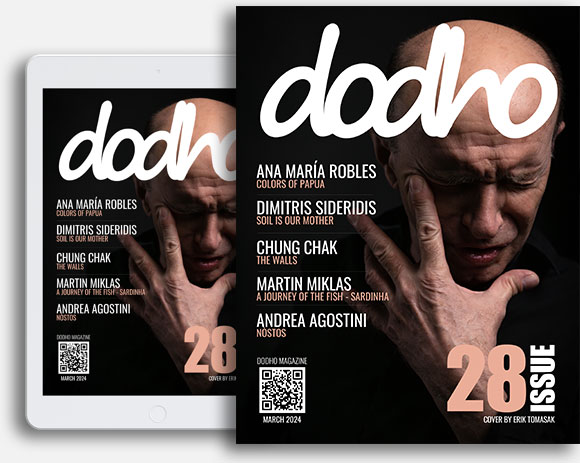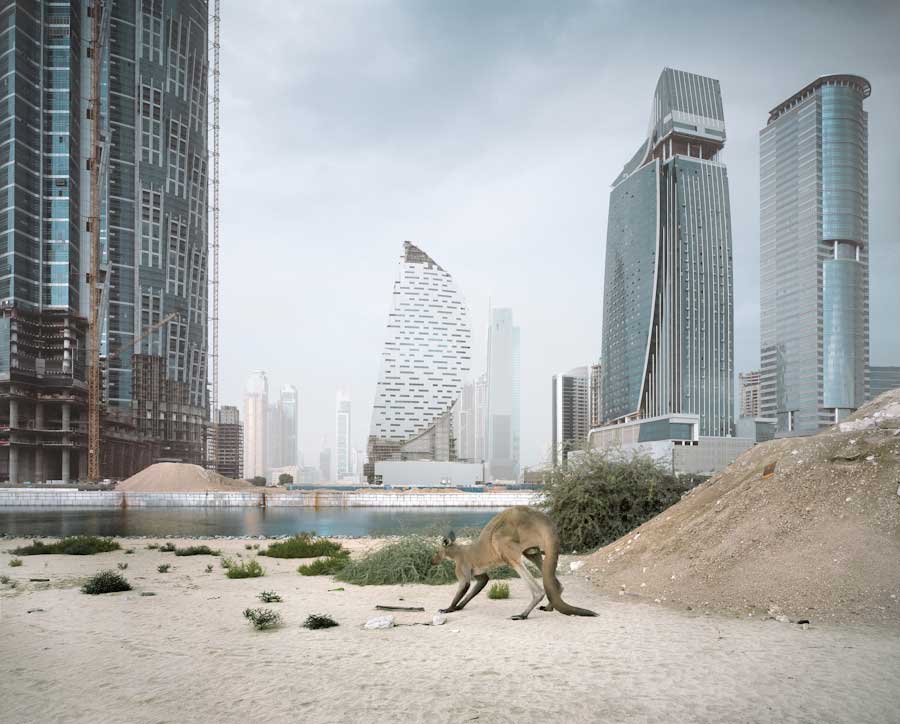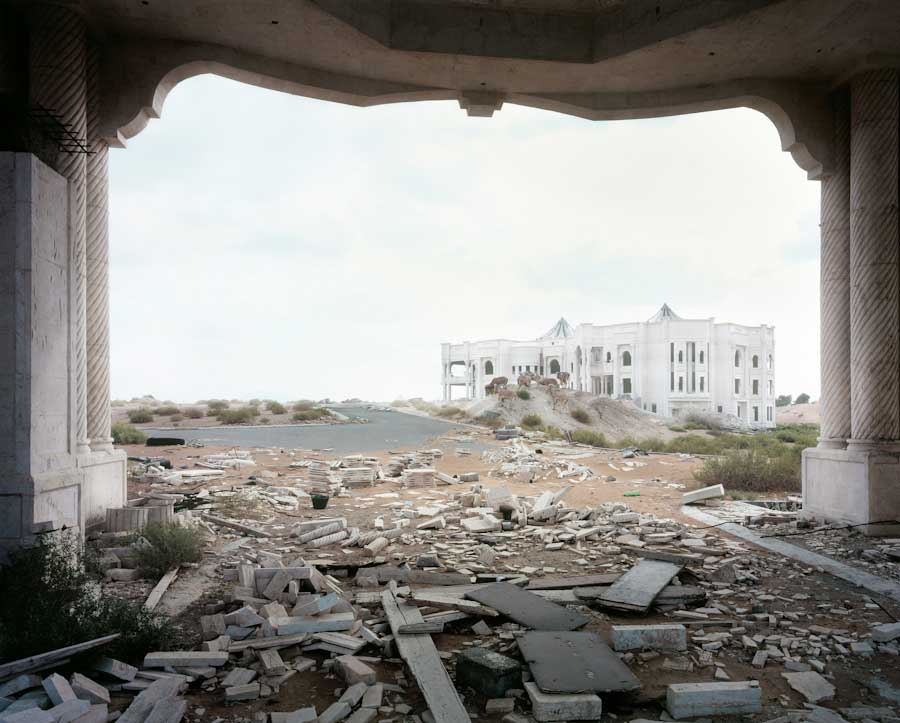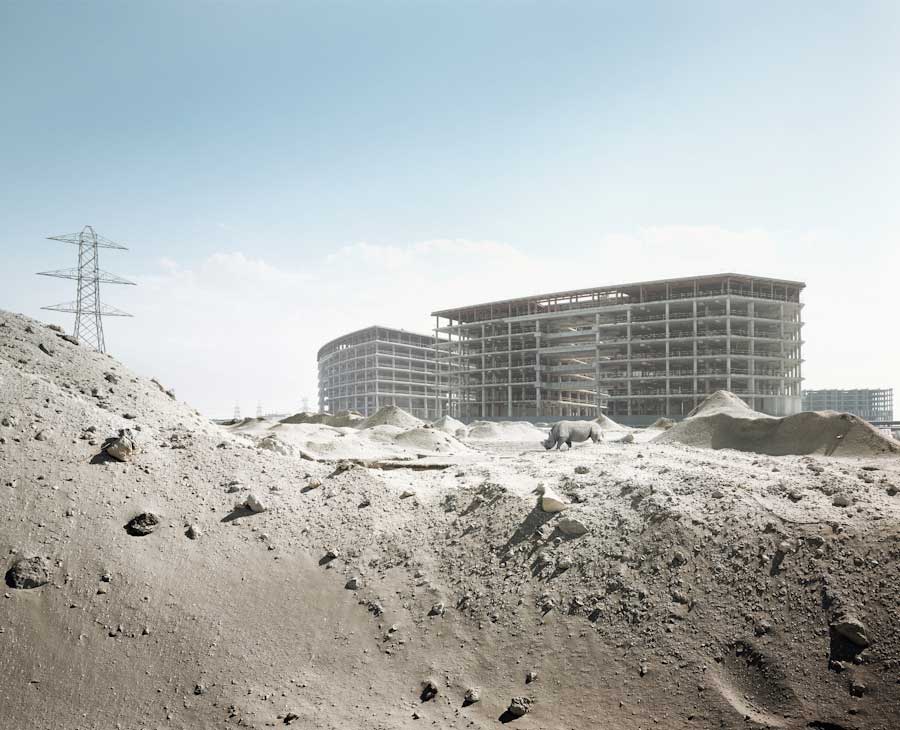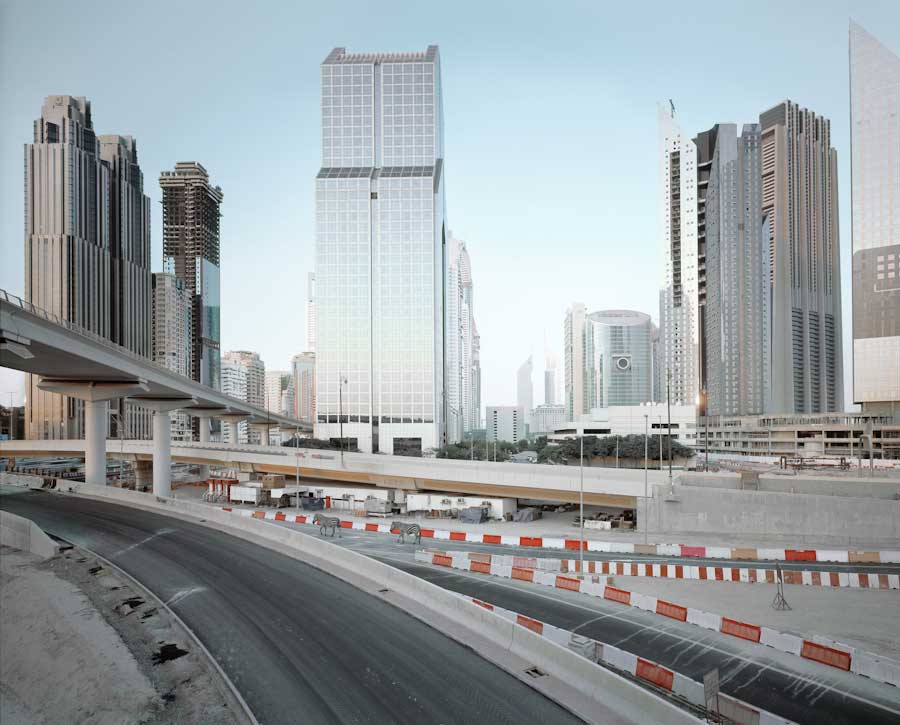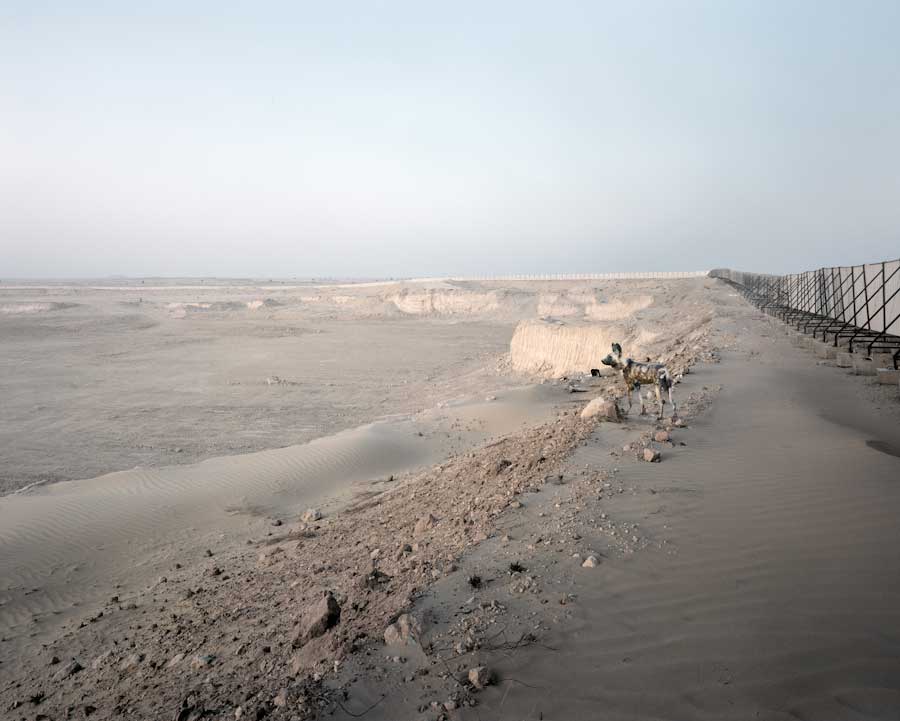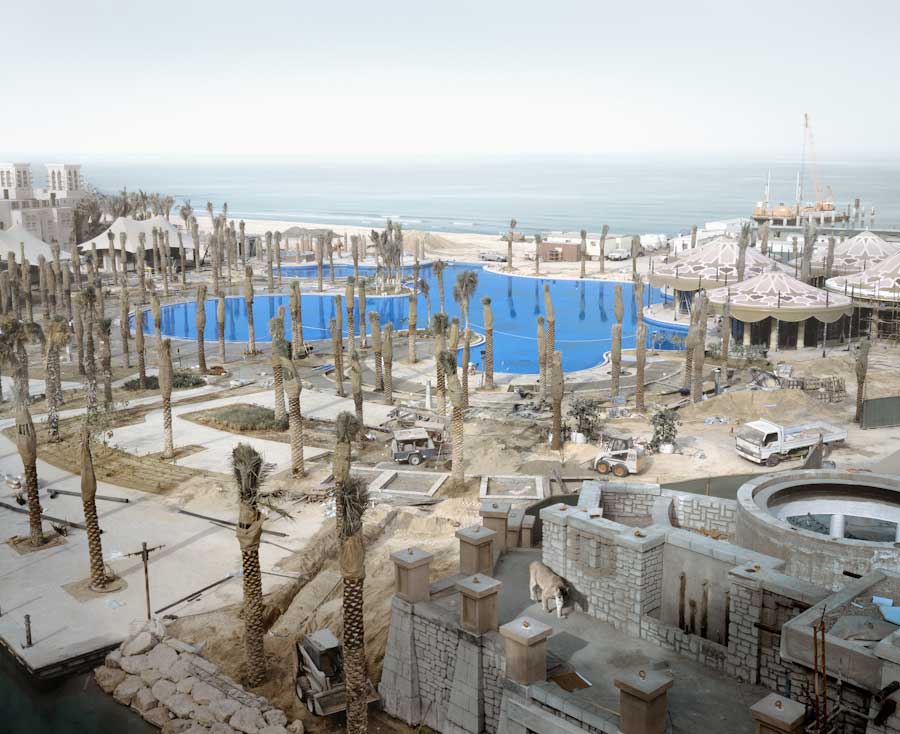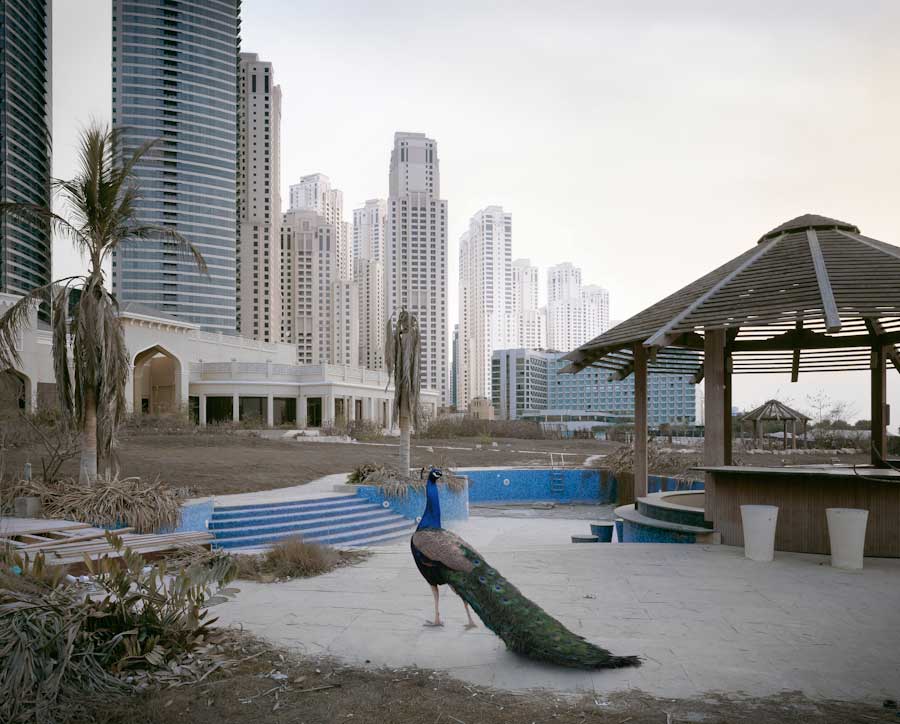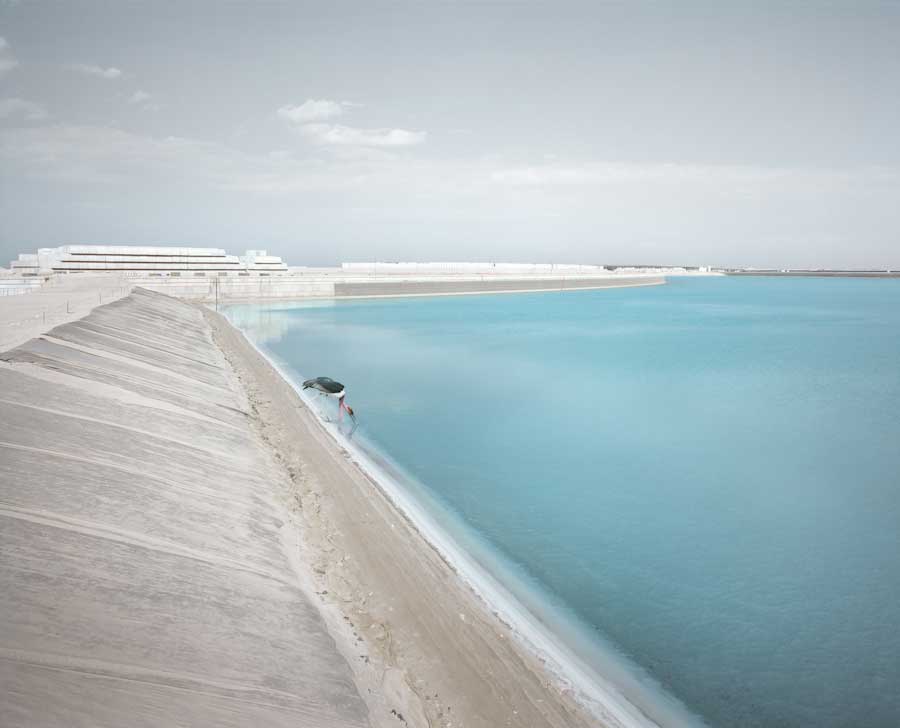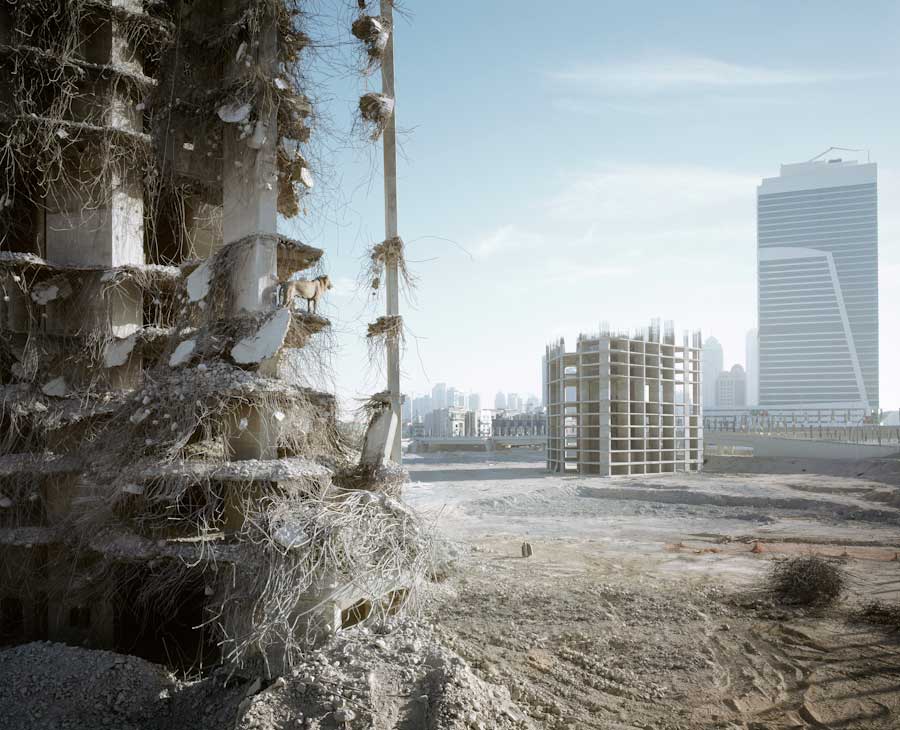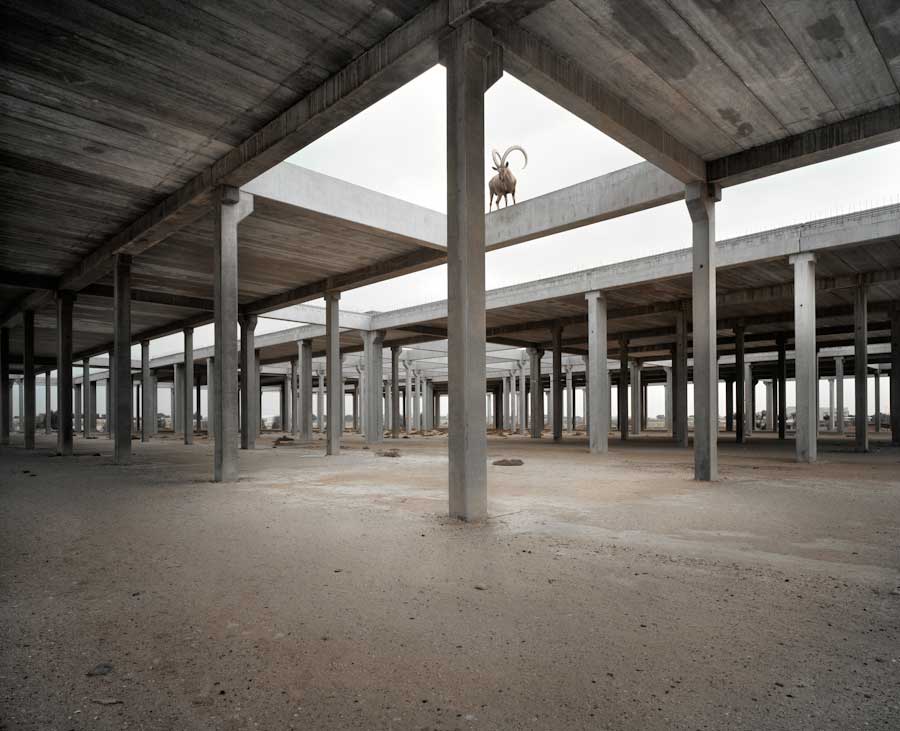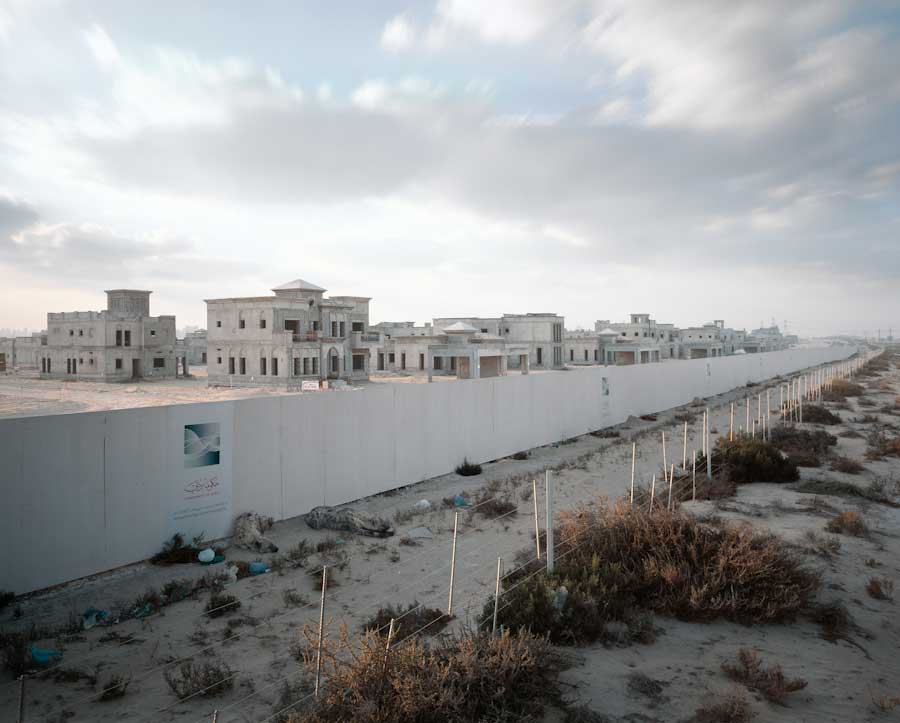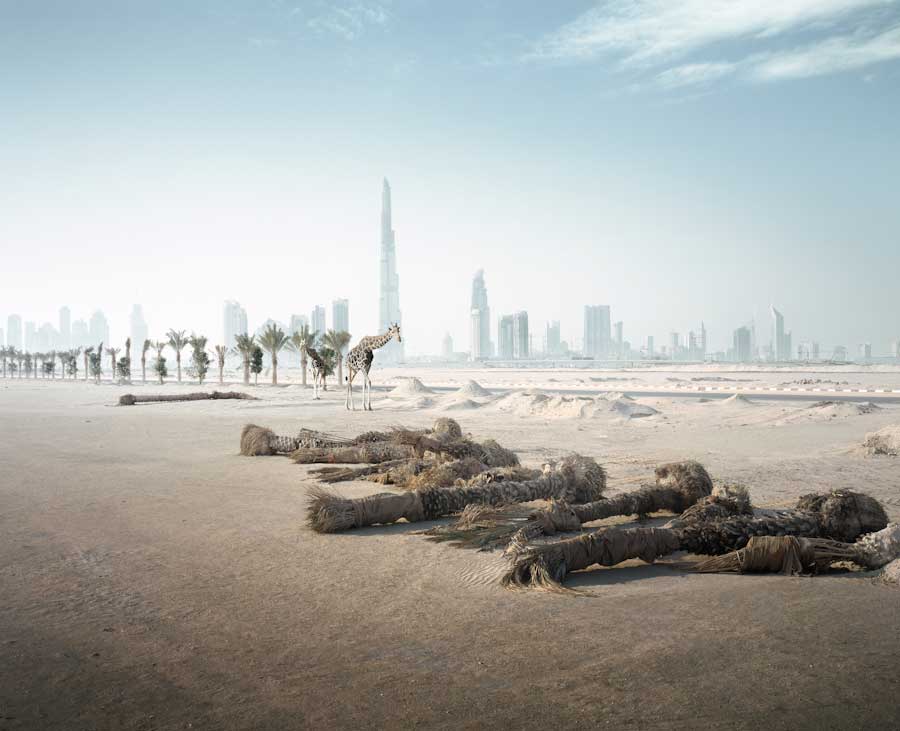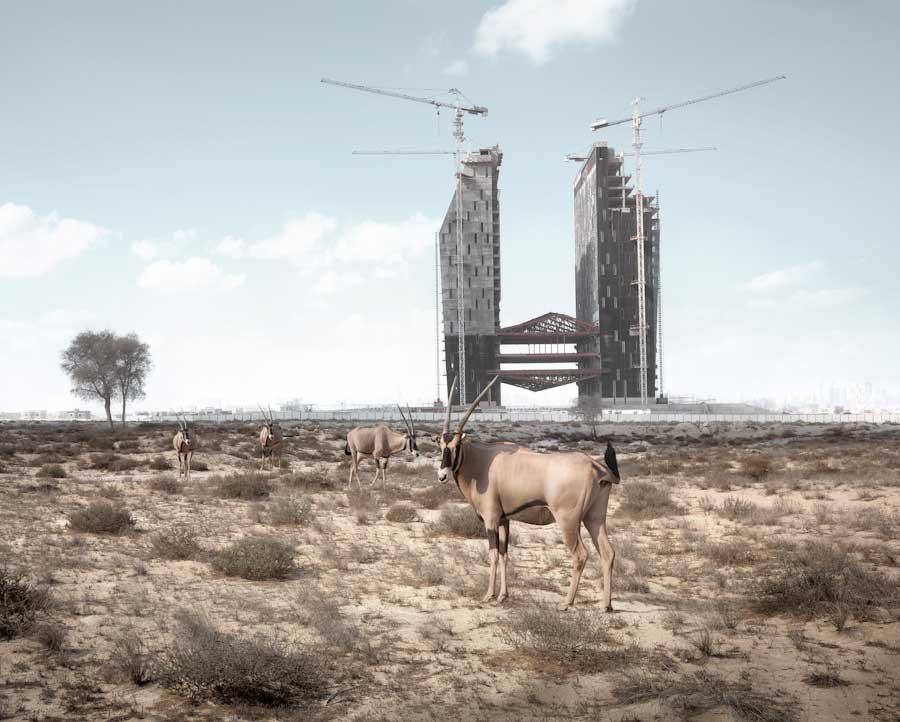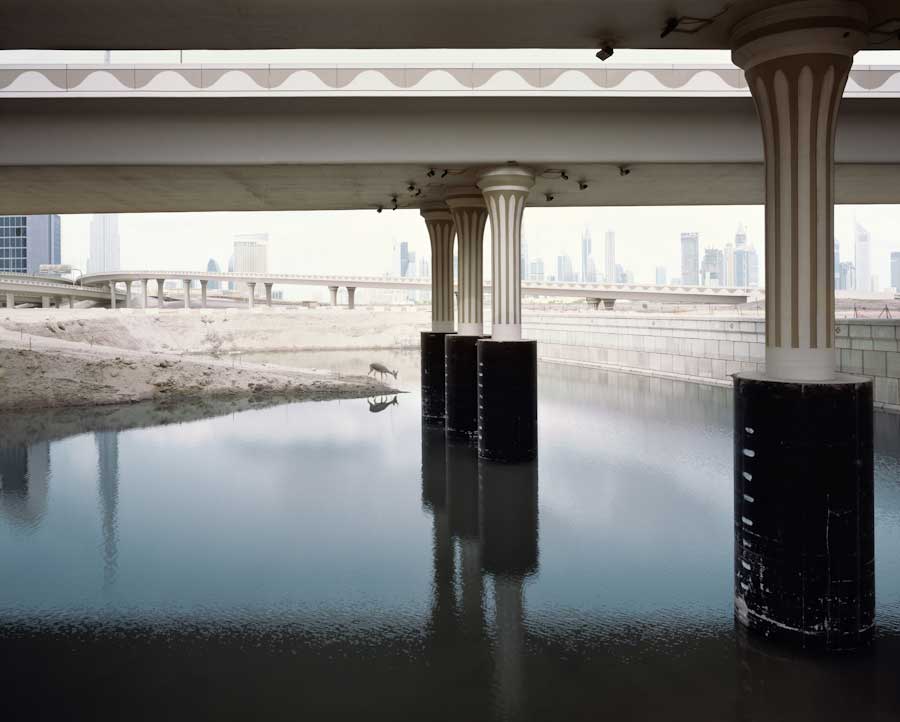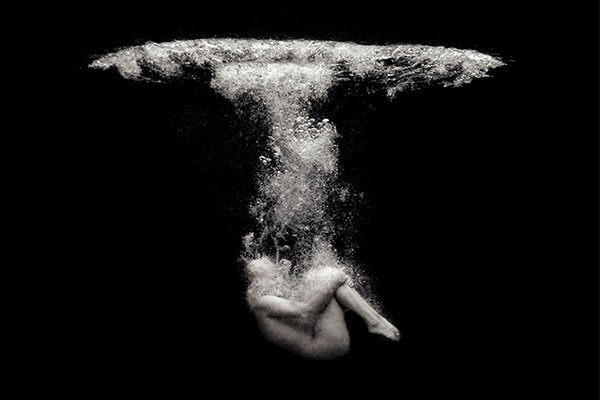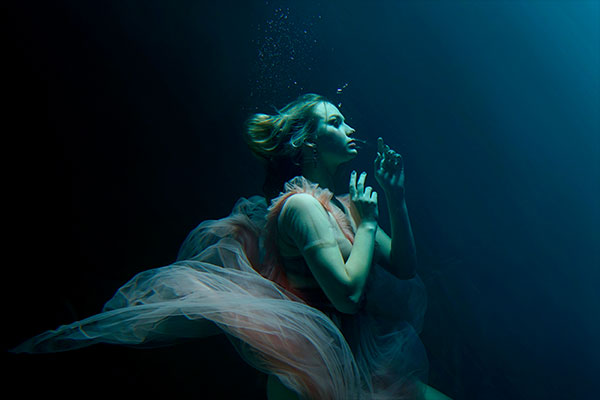In the year 2017 Dubai was abandoned by all but a small number of Bedouin origin families. Before leaving, the caretakers of the UAE’s zoos, wildlife parks and private animal collections opened the gates and cages of their facilities.
Some of the animals refused to leave their accustomed accommodations and died there, but many escaped out onto the empty streets. In January 2017, the CEO of General Electric’s energy division had announced at a press conference in New York that his research laboratories had successfully developed a technology for cleanly and efficiently separating hydrogen from sea water. The prospect of a future with a completely clean, cheap, recapturable, and readily available energy source shook the world. The markets reacted immediately and the price of a barrel of crude oil dropped to below $10.
In Saudi Arabia the crash in oil prices sparked street demonstrations that grew into a revolutionary movement. Civil war ensued and within months Iran had sent a military intervention force. The Saudi’s Gulf neighbours in Kuwait, Bahrain, Qatar and the UAE were sucked into the regional war. The international community fell shy of intervening in the conflict. Oil still flowed from other major producers and it was generally felt in the Far East and West that the supply of oil and gas from non-GCC sources was sufficient to sustain the petrochemical industry and bridge the transition period until full implementation of hydrogen technology for energy production.
By the end of 2017, Dubai was, effectively, deserted. The city of 2 million people was reduced to approximately 10,000. The wealthy, along with their family, friends and staff, escaped to their foreign homes. The departure of expats started slowly but soon became a frantic scramble. Most affluent expats got out well before the summer, but tens of thousands of Asian workers struggled to find transportation and many perished as the power stations, desalination plants and basic infrastructure ground to a halt. Humanitarian ships attempting to ferry escapees, slowly cleared the backlog of desperate people all along the southern Gulf coast, a job that was eventually completed by the end of the year.
Within and on the outskirts of Dubai there still stood many incomplete construction projects; relics from the 2000’s building boom. The remaining Bedouin discovered that abandoned excavations and subterranean basements could easily be converted into self-sustaining receptacles for groundwater and thereby created semi-natural oases at various locations around the city.
The grass on the many city parks and golf courses died immediately the irrigation failed. But in time, the rich imported soils nourished more hardy trees, bushes and grasses which, along with the groundwater oases, were sufficient to nurture the burgeoning new eco-system.
Inevitably, after some years, certain species of animal were unable to adapt to the harsh environment and died out, but many successfully naturalised and created viable communities that exist to this day. It is generally felt that when the region becomes sufficiently stable, and an international airport can be re-established, Dubai has tremendous potential as a unique eco-tourism destination. [Official Website]


